This represents the first of a series of recipes and life-outside-of veterinary medicine entries for the SonoPath.com users. I decided to do this because friends of mine reminded me how important life is outside of work and one of my favorite phrases came to mind; “Life is not solely comprised of tasks, but of tastes.” So here I present you an article/recipe for: Lindquist’s Pipe Dream “Spagetti A La Carbonara”
Having studied veterinary medicine in Italy I had to do basically 2 things in a 6-year veterinary program; 1. Study 2. Feed myself…. And improving my Italian and sleeping occasionally were in there somewhere as well. Being a starving student on a shoestring budget, the Italians often invited me to their homes for meals in the true Mediterranean fashion of hospitality in many different regions such as Calabria, Campagna, Le Marche, Emilia Romagna, Toscana, Veneto and Lazio. Hence, having a love for the kitchen in addition to veterinary medicine, I would try to duplicate the meals I would be served by my gracious hosts. As a result, I have developed a passion for fine food and the fine wine that would accompany it.
One of my truly favorite dishes is the traditional Roman dish, Spagetti a la carbonara. In this case, the wine to go with it was the classic ancient roman white wine, Greco, and in this case Greco di Tufo (Dei Feudi di San Gregorio) from Avellino (2 hours south of Rome, an hour east of Naples).
When living in Italy, the true fresh ingredients necessary for making this dish appropriately, and any other dish for that matter, are easily found in local markets in order to make the dish as close to possible to its original design. Similar to the rest of the Mediterranean diet, utilizing simple, few, high quality ingredients is essential. The emphasis on freshness, color and aroma is the key to enhancing the quality of the dish at the table.
When in the USA, finding the freshest ingredients for many dishes can be difficult at times unless you know exactly where to get them. They may usually be found in the local and fresh venues as opposed to bland tasting ingredients that are often offered in supermarkets, which results in a detraction of the soul of the dish to be made.
Recently, I had the pleasure of making spagetti a la carbonara at the home of my friend and fellow veterinary colleague, Dr. Erno Hollo of Basking Ridge, New Jersey and Basking Ridge Animal Hospital. Dr. Hollo has one of those rare homes in New Jersey that resembles a farm in his homeland of Hungary. He has chickens, sheep, many fruit trees and an amazing vegetable garden with appropriate herbs. In particular, he raises Mangalitsa pigs, also known as wooly pigs, and are considered the healthiest pig raised anywhere owing to the unsaturated fat content.
(http://woolypigs.com) Therefore, having the necessary fresh and high quality ingredients on hand for spagetti a la carbonara, I decided to give a shot at making the “Pipe Dream Spagetti a la Carbonara.”
First of all, stir up your Italian Mojo with some essential ingredients to a memorable evening.


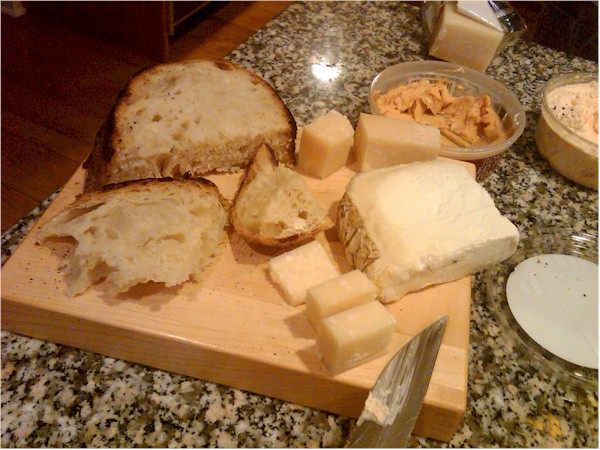
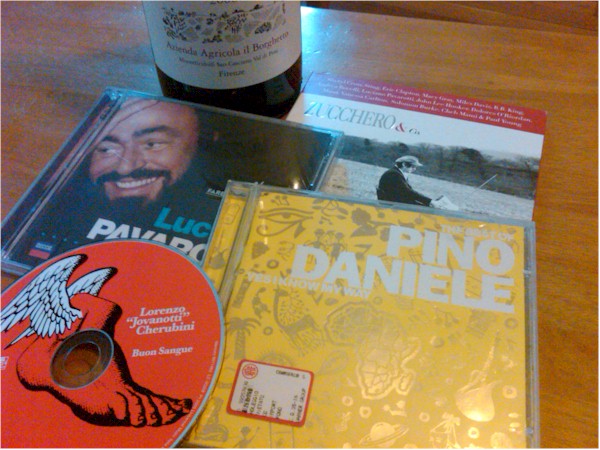
Ingredients for 2 people with an appetite:
There are many opinions on how to make a Carbonara. But, this is the way I have found it to be best received and was taught to me by an elderly Italian mother of a fellow veterinary student who lived in Calabria, but had a restaurant in Rome years prior.
- First Cold Pressed Olive Oil
- 300 grams Italian made thick spaghetti
- 3 eggs
- Pancetta, from your home grown acorn-fed Mangalitsa (wooly) pigs…or just the finest possible that you can find…. A handful is about right.
- Parmigian cheese whole chunk, the one from Italy aged 24 months.
- Sea Salt
- ½ small fresh yellow onion, silver dollar size.
- White wine, Greco or Frascati to stay traditional and to justify wearing your toga while cooking.
Instructions:
Boil water in large cauldron and add a few tablespoons of sea salt and prepare for the spaghetti. Slice the onion you just pulled from the fertile earth in your vegetable garden guarded by the scarecrow made from a world war II Russian general uniform. Or, just use a small fresh yellow onion if those things aren’t available, cut into ½ inch pieces. Note: Erno says the Russians were hated by the Hungarians during the Soviet occupation of Hungary during World War II and so now ”they can only scare crows.”
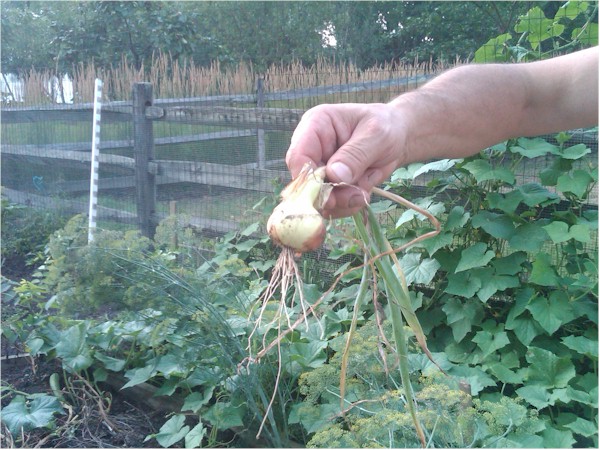
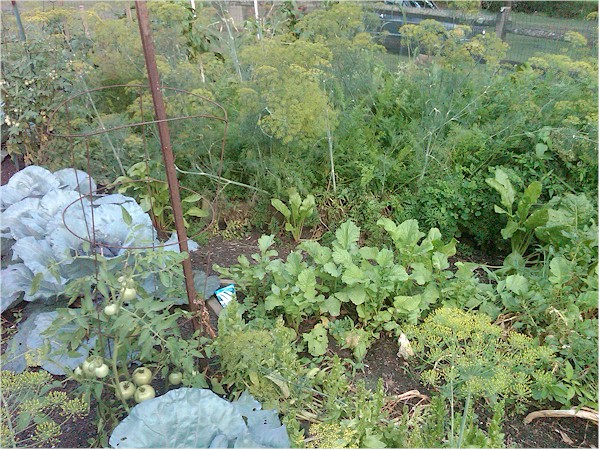
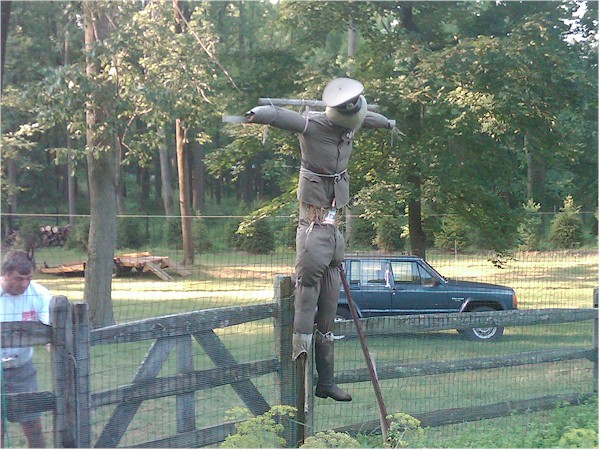

Note: Italians in Italy don’t mince onion. They leave it in larger pieces to be removed if desired, and therefore the consumer and close friends don’t become overwhelmed with onion breath for the next 36 hours and the taste tends to transfer to the dish more delicately. The same is true for garlic.
Slice the pancetta in similar size chunks.
Pass 2 circles of the olive oil in a large frying pan large enough to stir the spaghetti into it later. Add the onion and pancetta and sauté under medium heat.


When the onions just start to brown add enough white wine (Greco di Tufo in this case) to float the onions and cover the pancetta and let simmer under low heat. Evaporate down to a sauce but don’t dry it out and let sit waiting to add the “al dente” spaghetti. Of course, sip the wine…. My version of smelling the rosesJ
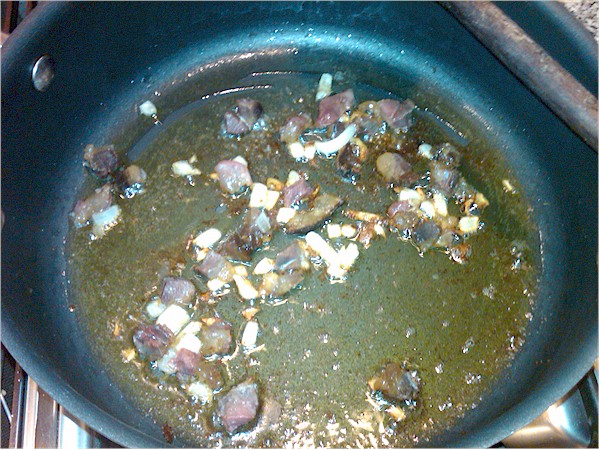
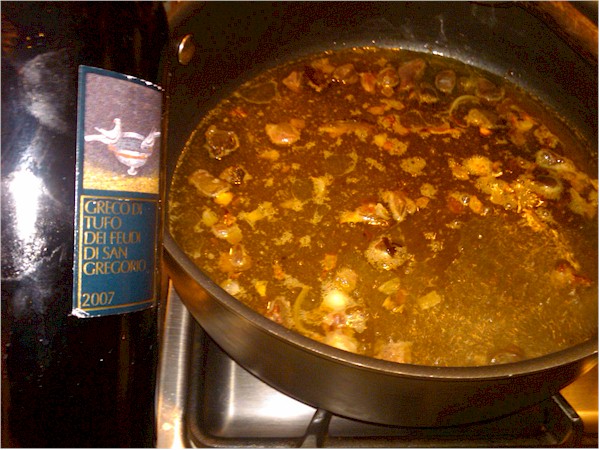
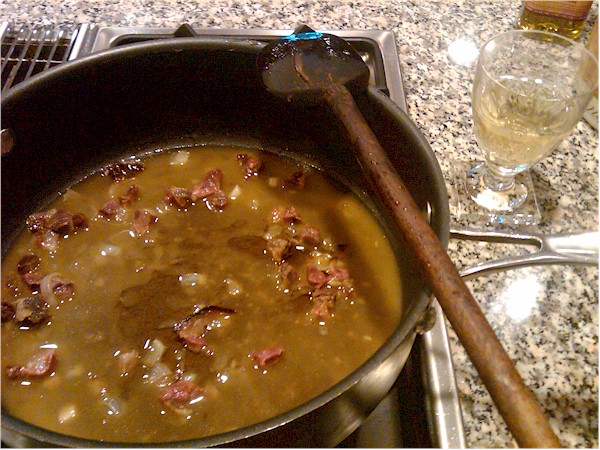
In the meantime, break 3 eggs taken directly from the chicken coop still warm like these ones…. Or just 3 of the freshest eggs possible.

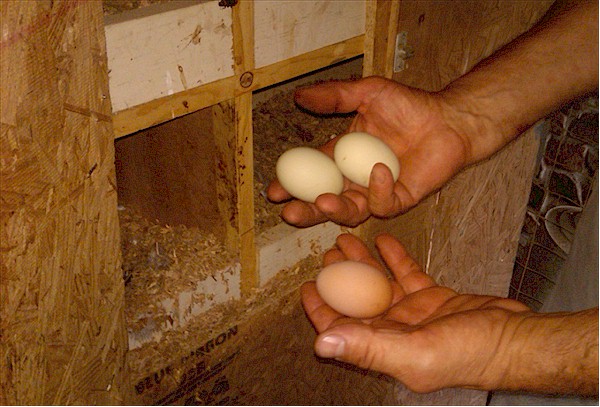
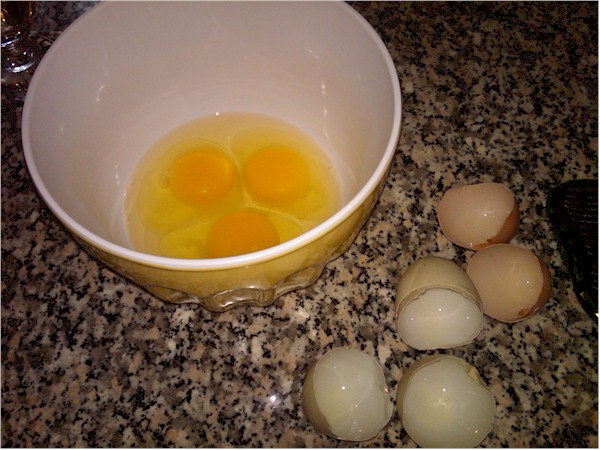
Beat the eggs and then grate a fresh pile of 24-month aged Parmigian cheese that you just brought back with you after visiting the Ferrari Factory outside of Parma, Italy… or a real simile from your favorite source of fine cheeses to the egg mixture. Use about 1 heaping tablespoon of Parmigian for each egg used, or "quanto basta" as the italians would say ("just the right amount"). Mix the cheese into the egg mixture.
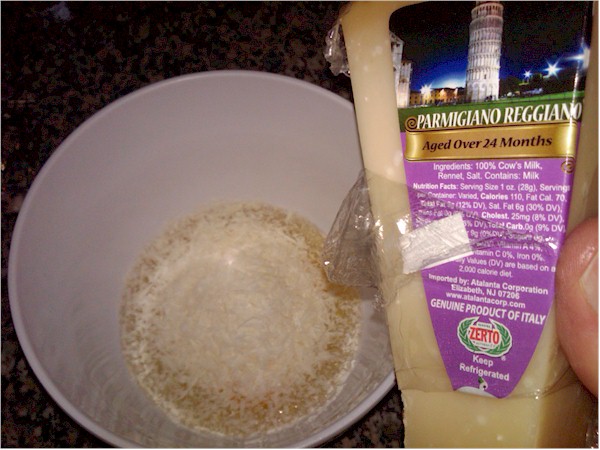

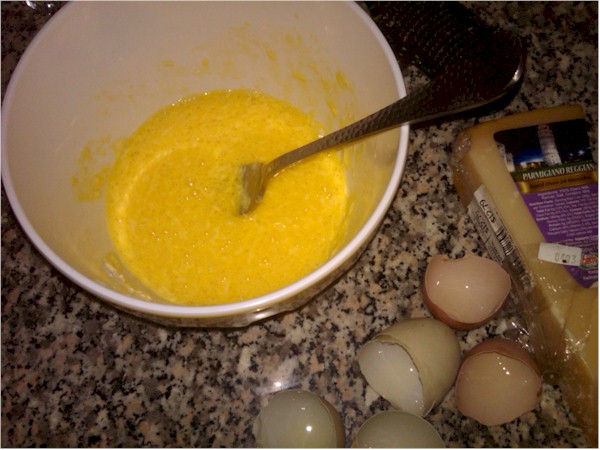
Boil the pasta to the point where it just drapes and holds onto the wooden spoon; taste to ensure it is “al dente” (or to the tooth in Italian).
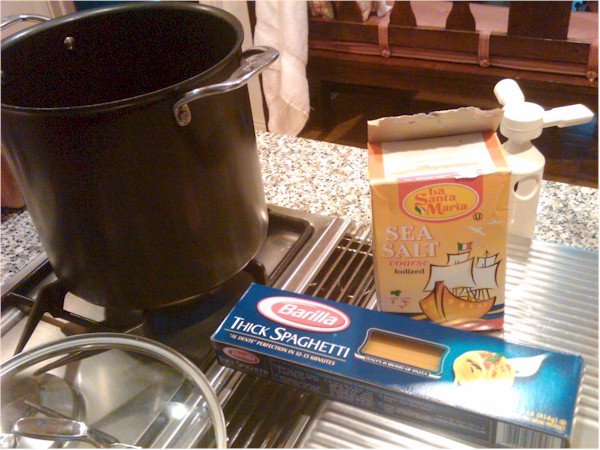
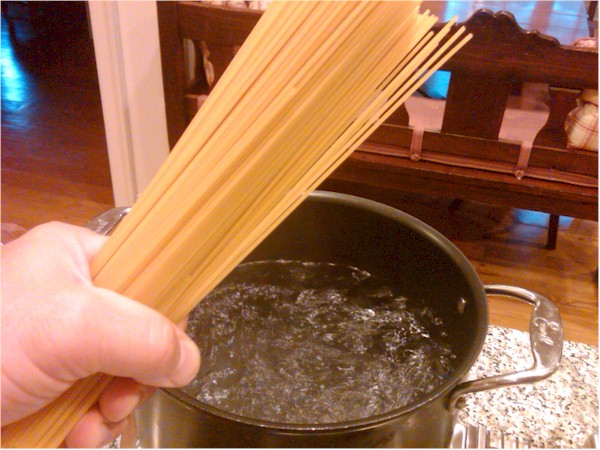
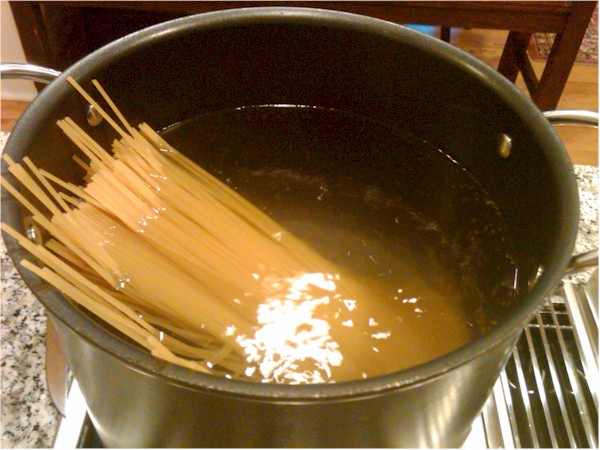
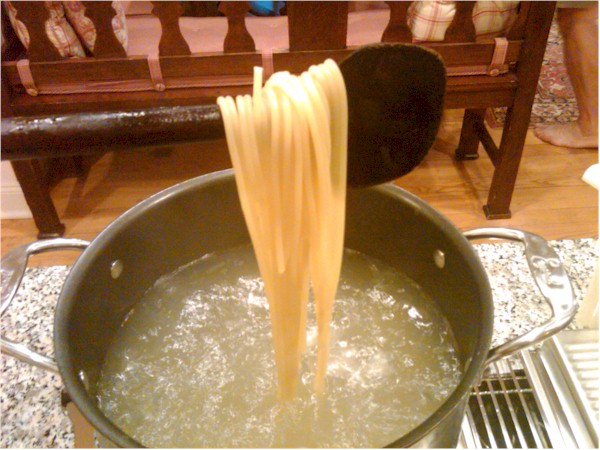
Strain the pasta in a Hungarian pasta strainer that used to belong to your family on the farm a few hours from Budapest… or a regular strainer will do too if you haven’t been back to see the European relatives lately.
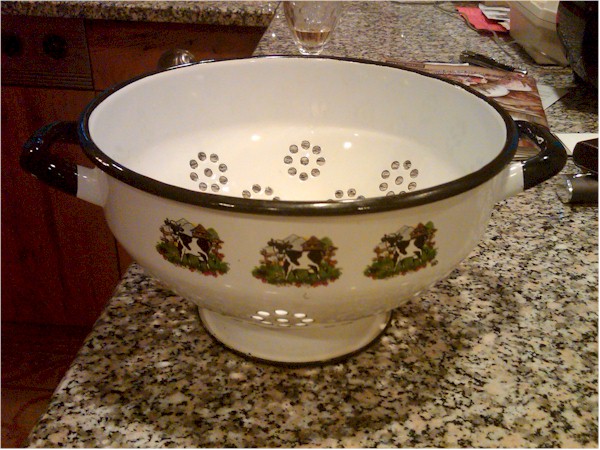
Add the pasta to the pancetta, onion, wine and olive oil sauce in the pan and stir under medium heat until you start to hear crackles, then stir a couple more minutes.
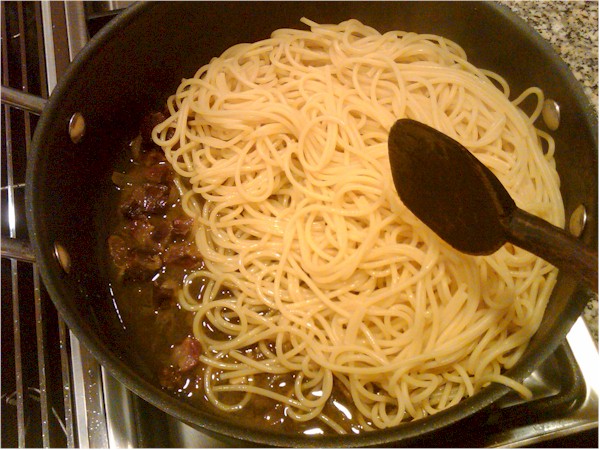

Add the egg mixture and fold into the pasta and continue stirring and folding until the egg just starts to thicken.
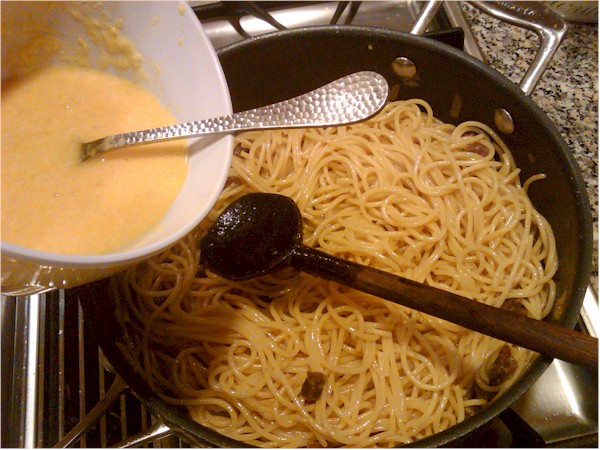
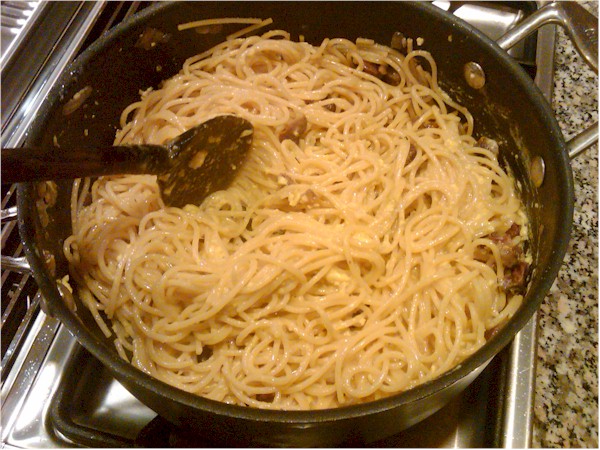

Take a sip of the Greco wine… you just made a Pipe dream spagetti a la carbonara!

add fresh ground pepper to make it true "carbonara". I personally prefer it without but the true recipe of course calls for it.
Serve into “piatti fondi” or pasta dishes and serve with chilled 2-year old Greco di Tufo wine. Be sure to not wait long as Spagetti a la carbonara is best served within 5 minutes from the pan.
If you truly have the Italian cucina mojo you have already been sipping the greco while Pavarotti or Bocelli are singing “Misererer” in the background. Or, may I suggest Biagio Antonacci, Jovanotti, Laura Pausini, Zucchero, or Pino Daniele in a more modern flavor of music.
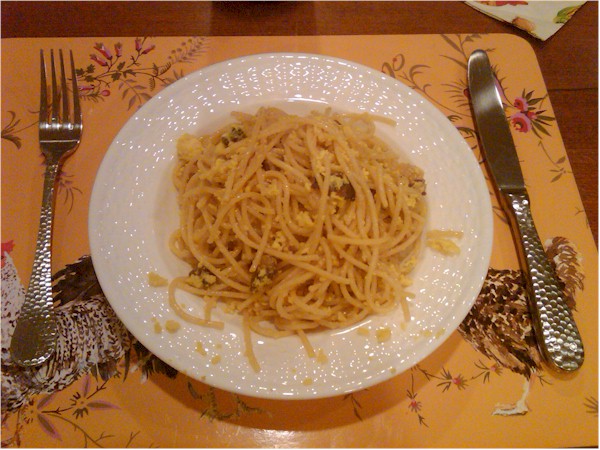

Accompany the end of your pasta dish with the “scarpetta” to clean the dish using the casareccia bread you have been sampling with the cheese and wine up til now. Of course, use a knife made from the handle of your father’s sidearm from the Russian front during World War II to slice the bread baked that day in your wood burning brick oven (design from the 1850’s)… or just your favorite “casareccia” bread (hearty home-style bread) from the local “forno” (Bread shop) from the Ceralli family in Frascati (RM).

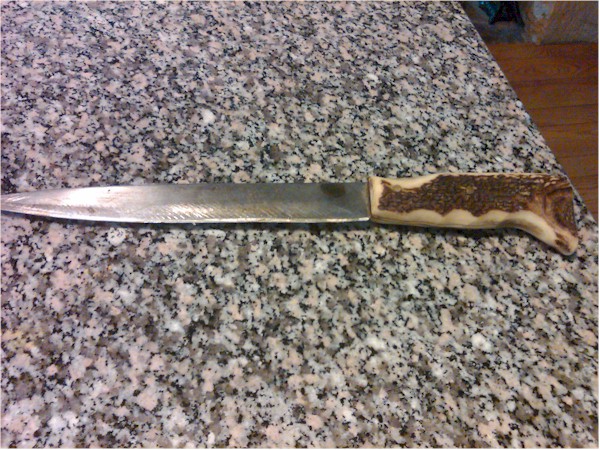
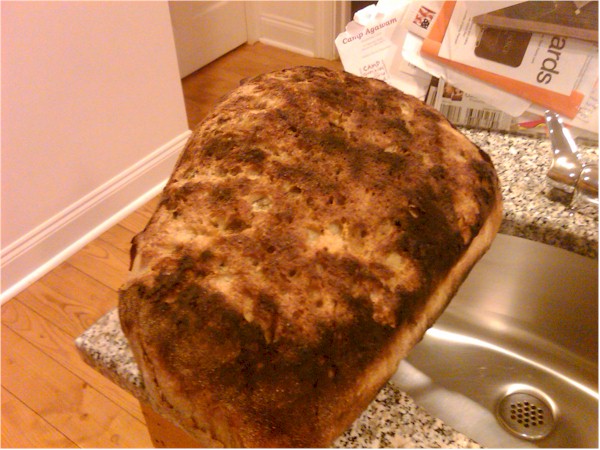
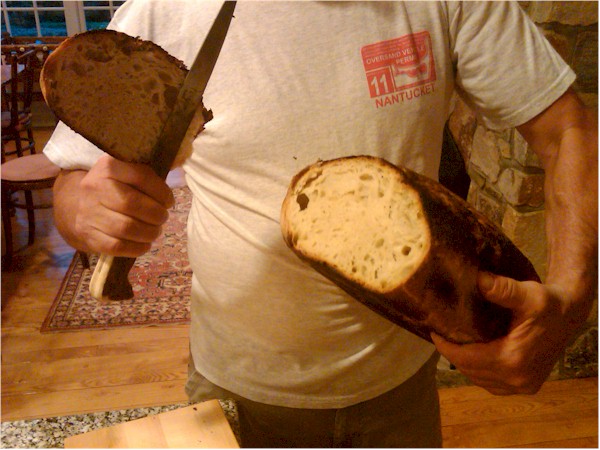
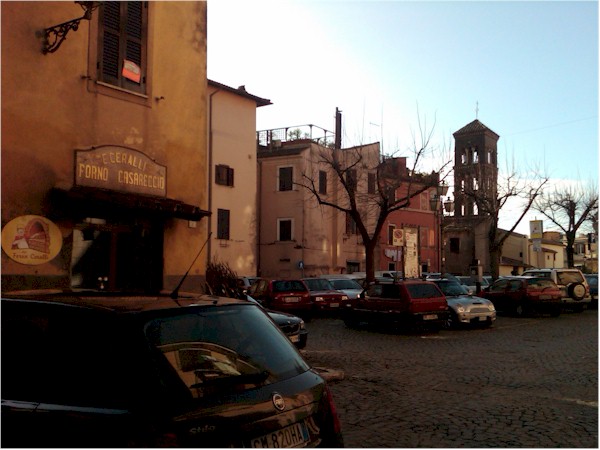
Or go to a similar bread shop nearest you if construction hasn’t finished on your brick oven yet and a 75-year old Hungarian lady isn’t available to bake it for you… you must be prepared for inconveniences when cooking.
Follow your meal with an apricot from your tree.
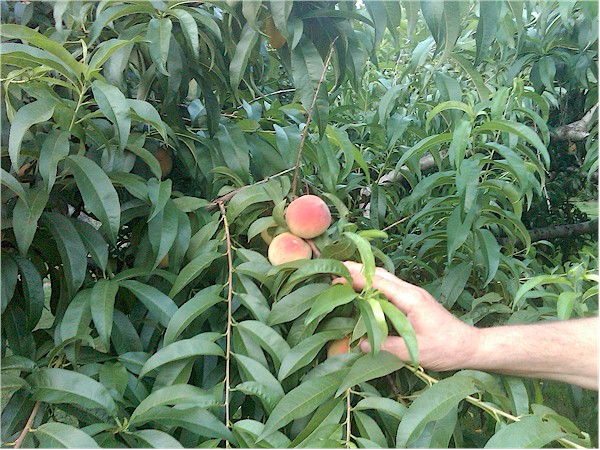
and a little plum brandy made from the plums of your own trees if it is ready after the fermentation.
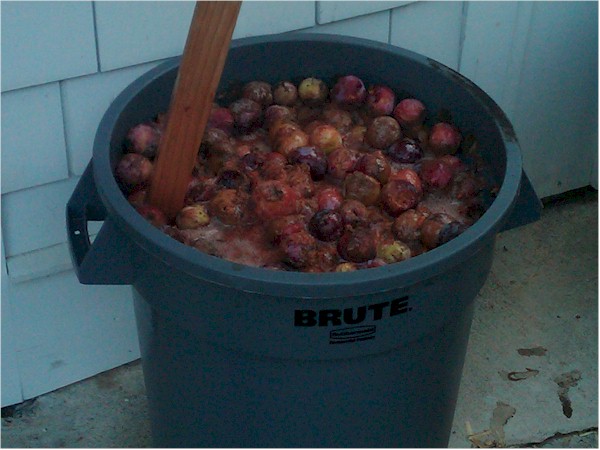
Perhaps step outside and enjoy the view outside your villa in the hills of Rome.

or maybe take a stroll with your mother and aunt to Piazza di Spagna.
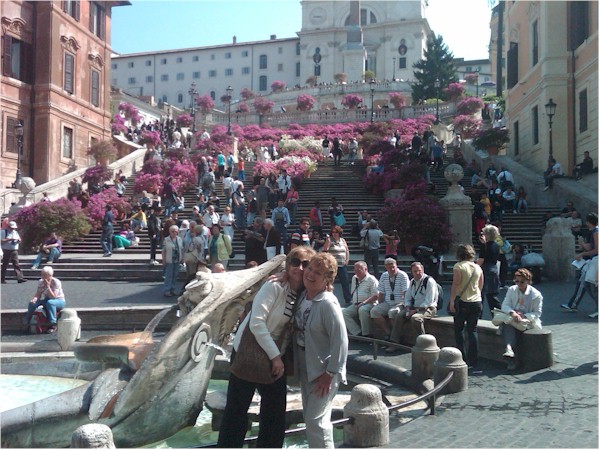

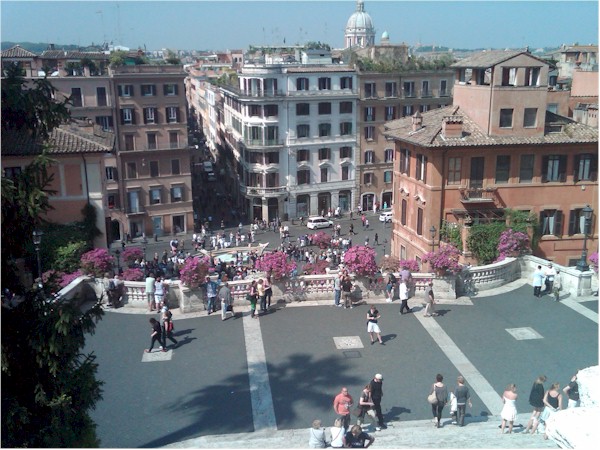
Or maybe a trip back to the wine cellar is in order.

Perhaps a stroll on the farm

and leftovers
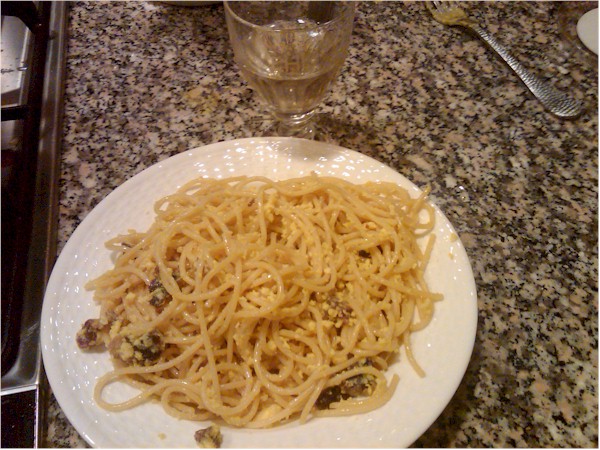
may be given to the wooly pigs in appreciation of their contribution to your quest for the perfect carbonara. Well…. maybe…. we can give them something else to keep them happy and find room amongst the crowd to have second helpingsJ
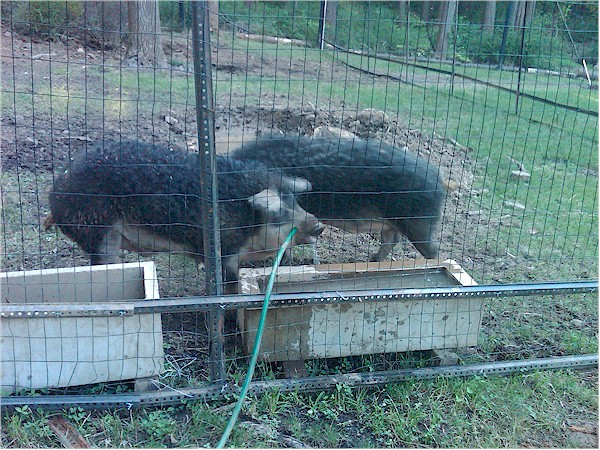
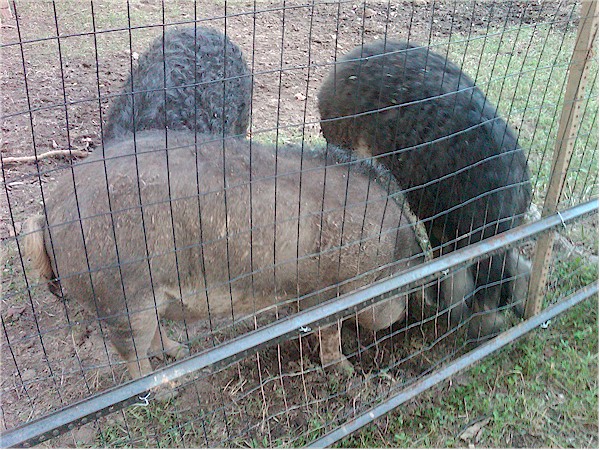

Maybe discuss plans to have a pizza in Trastevere in Rome tomorrow night

or maybe taste some wine at the Enoteca nei vicoletti di Frascati in the hills above Rome.
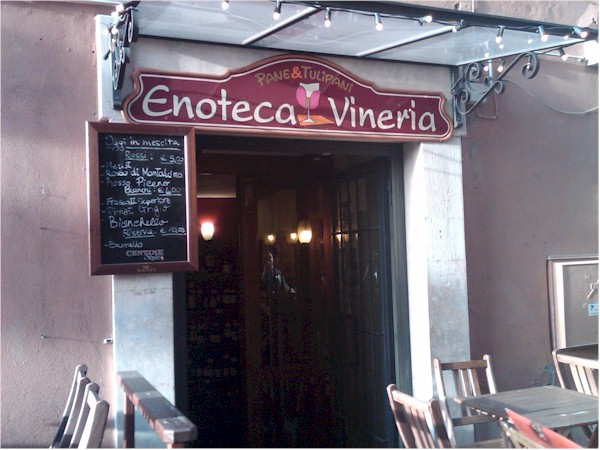
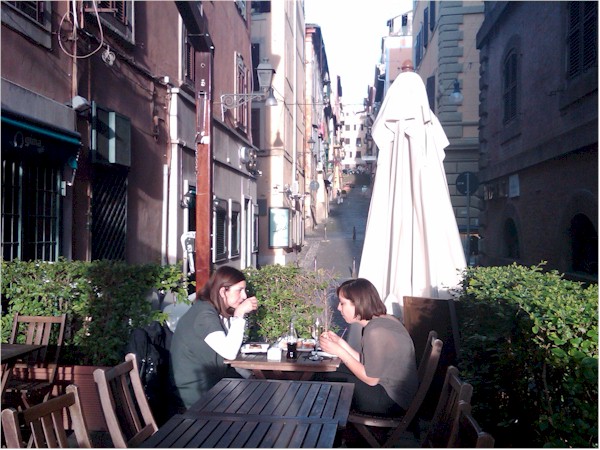
Or perhaps you may be served by one of the icons of traditional roman cooking, like Anna Dente of Trattoria San Cesareo in the hills above Rome, I Castelli Romani.

Buon Appetito! & Remember that we, as dedicated veterinarians, owe it to ourselves to taste life and not only task it.Thank you for your support of the Sonopath project dedicated to the enhancement of diagnostic efficiency in veterinary medicine…. And, now also dedicated to the improvement of life after veterinary medicine.
Best regards,
Eric Lindquist DMV DABVP (Canine & Feline Practice)
Founder SonoPath.com






















































